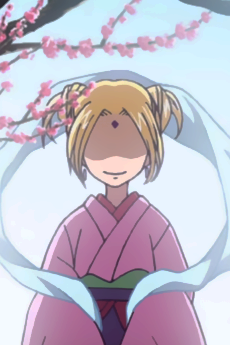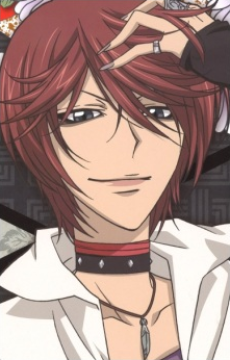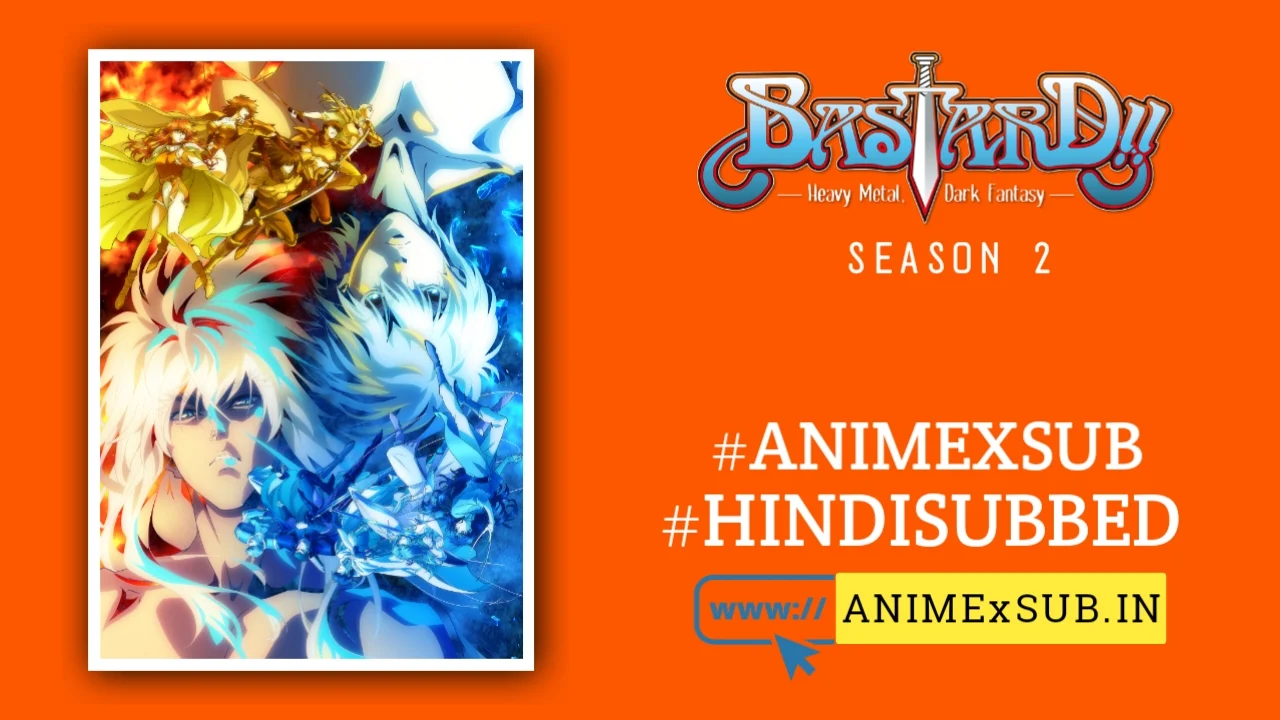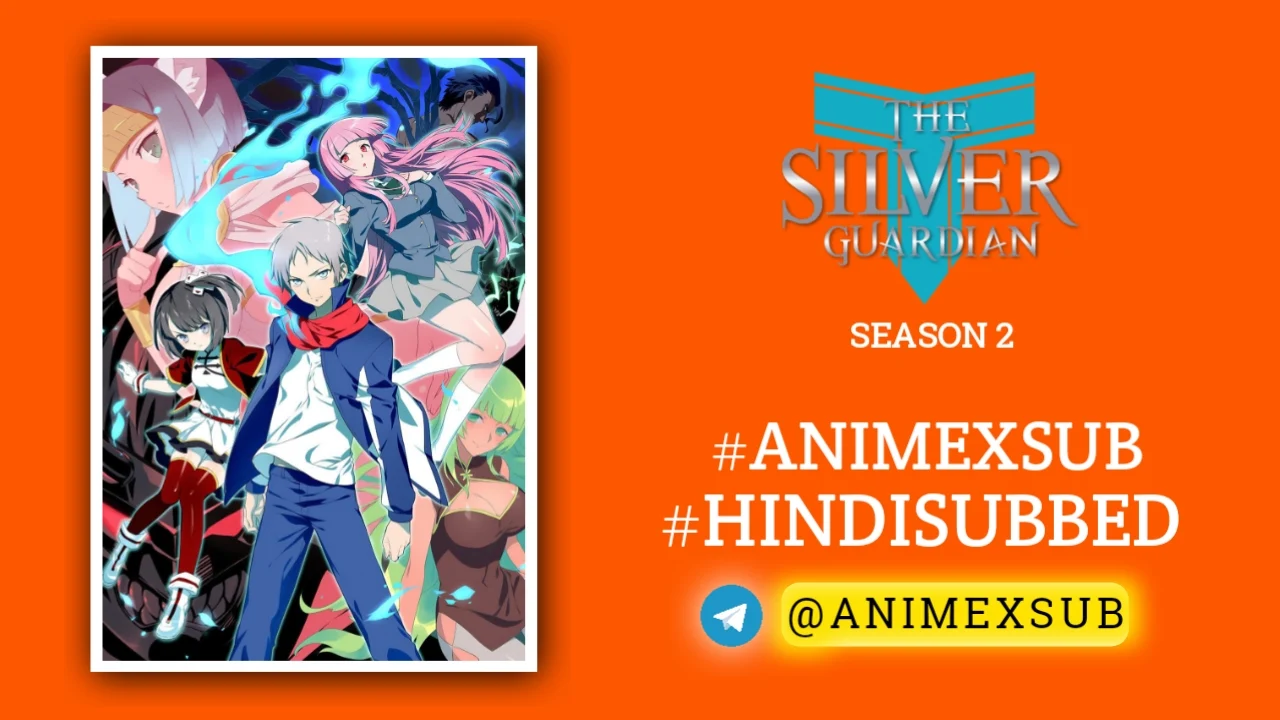
Kamisama Kiss Season 1 Hindi Subbed [13/13] | Kamisama Hajimemashita Hindi Sub!!

Kamisama Hajimemashita
Kamisama KissSynopsis
Nanami Momozono is alone and homeless after her dad skips town to evade his gambling debts and the debt collectors kick her out of her apartment. So when a man she's just saved from a dog offers her his home, she jumps at the opportunity. But it turns out that his place is a shrine, and Nanami has unwittingly taken over his job as a local deity! Nanami has all kinda of new responsibilities she doesn't understand, dangers she's unaware of, and a cranky ex-familiar who's... actually pretty hot. What's a new-fledged godling to do? (Source: Viz Media)
Watch Trailer
Characters
Kamisama Kiss Season 1: A Divine Dance of Heart, Humor, and Humanity
Kamisama Kiss (or Kamisama Hajimemashita, meaning “I Became a God”) Season 1 is a shoujo anime that dares to weave a tapestry of the divine and the mundane, blending Japanese mythology, romantic tension, and existential musings into a narrative that feels both timeless and refreshingly distinct. This 13-episode series, adapted from Julietta Suzuki’s manga and brought to life by TMS Entertainment under the direction of Akitaro Daichi, is a journey into the heart of a young girl thrust into godhood, navigating love, duty, and identity in a world where spirits and humans collide. Far from a typical high school rom-com, Kamisama Kiss Season 1 is a meditation on resilience, connection, and the blurred lines between power and vulnerability. This review delves into its narrative depth, character dynamics, cultural resonance, and artistic choices, offering a perspective that uncovers the layers beneath its whimsical surface.
A Premise Rooted in Relatable Struggles
At its core, Kamisama Kiss follows Nanami Momozono, a 17-year-old high school girl whose life unravels when her father’s gambling debts leave her homeless. In a chance encounter, she saves a peculiar man, Mikage, from a dog, only to be gifted his abandoned shrine and, unexpectedly, the mantle of a land god. This act of kindness catapults Nanami into a supernatural world where she must earn the respect of Tomoe, a sharp-tongued fox yokai and her reluctant familiar, while balancing her human life and divine responsibilities. The premise is deceptively simple, but its execution is anything but. It’s not just about a girl becoming a god; it’s about a young woman finding her place in a world that has repeatedly rejected her, using her compassion as both shield and sword.
What sets Kamisama Kiss apart from other shoujo narratives is its refusal to lean solely on romance or fantasy tropes. Nanami’s journey is as much about self-discovery as it is about her budding feelings for Tomoe. Her homelessness and abandonment resonate with universal fears of instability, yet the show never wallows in despair. Instead, it uses Nanami’s stubborn optimism to challenge the cynicism of the supernatural beings around her, particularly Tomoe, whose disdain for humans masks a deeper wound. This interplay between Nanami’s human fragility and her divine authority creates a narrative tension that feels organic and profound.
Characters: Complex Hearts in a Mythic World
The strength of Kamisama Kiss lies in its characters, who are neither archetypes nor caricatures but richly layered beings with conflicting desires. Nanami is a standout protagonist—not because she’s flawless, but because she’s fiercely human. Her kindness is not naivety; it’s a deliberate choice in the face of hardship. She’s stubborn, impulsive, and occasionally out of her depth, yet her ability to confront gods and yokai with unwavering resolve makes her a compelling underdog. Her growth from a displaced teenager to a fledgling deity is subtle but palpable, marked by moments of quiet courage, like when she risks her life to protect her shrine or challenges Tomoe’s prejudices.
Tomoe, the fox yokai, is equally captivating, a character whose icy exterior belies a tumultuous past. His dynamic with Nanami is the heartbeat of the series, oscillating between biting sarcasm, reluctant loyalty, and unspoken affection. Unlike many shoujo love interests, Tomoe’s appeal lies not in idealized perfection but in his flaws—his arrogance, his resistance to vulnerability, and his gradual unraveling under Nanami’s influence. Their relationship avoids the tired “will-they-won’t-they” cliché by grounding their tension in mutual growth. Tomoe’s journey from viewing Nanami as a burden to recognizing her strength mirrors her own path toward self-acceptance.
Supporting characters like Mizuki, the snake yokai, and Kurama, the tengu pop star, add depth without overshadowing the central duo. Mizuki’s lonely devotion and Kurama’s flamboyant insecurity offer contrasting perspectives on the human-yokai divide, enriching the show’s exploration of connection and belonging. Even minor characters, like the shrine spirits Onikiri and Kotetsu, bring warmth and humor, their childlike loyalty underscoring the found-family theme that permeates the series.
Cultural Resonance: Mythology as a Mirror
Kamisama Kiss is steeped in Japanese Shinto mythology, but it doesn’t merely use it as set dressing—it engages with it to explore universal questions of purpose and identity. The concept of a land god, responsible for the well-being of a specific place and its inhabitants, is rooted in Shinto’s animistic worldview, where every tree, river, or shrine might house a spirit. Nanami’s role as a human-turned-god challenges this tradition, raising questions about what it means to wield divine power without divine origins. Her struggles to gain the respect of other gods and yokai reflect broader themes of legitimacy and belonging, resonating with anyone who’s ever felt like an outsider in a role they’re expected to master.
The show also subtly critiques societal hierarchies. Tomoe’s initial contempt for humans mirrors the way power structures often dismiss the “weak” or “ordinary.” Nanami’s ability to bridge the human and divine realms through empathy rather than force subverts these hierarchies, suggesting that true strength lies in connection, not dominance. Episodes like “The God Makes a Match” and “The God is Kidnapped” weave mythology into everyday scenarios—matchmaking rituals, shrine duties, and encounters with dragon kings—making the supernatural feel intimate and relatable. This grounding in cultural specificity, paired with universal emotional stakes, gives Kamisama Kiss a unique resonance.
Art and Sound: A Study in Contrasts
Visually, Kamisama Kiss embraces the shoujo aesthetic—sparkling eyes, soft color palettes, and delicate character designs—but it’s not afraid to shift tones. The animation, while not groundbreaking, is effective in its simplicity. Bright, pastel-hued scenes of Nanami’s school life contrast with the darker, miasma-filled settings of the yokai world, reflecting the show’s balance of lighthearted comedy and ominous fantasy. Moments of action, like Tomoe’s fox-fire battles, are fluid and dynamic, while quieter scenes, such as Nanami’s reflections at the shrine, carry an almost meditative calm. The art direction’s ability to pivot between whimsy and menace mirrors Nanami’s own journey between her human and divine identities.
The soundtrack, composed by Toshio Masuda, complements this duality. The score blends traditional Japanese instruments with modern J-pop, creating a soundscape that feels both ancient and contemporary. The opening theme, “Kamisama Hajimemashita,” and ending theme, “Kamisama Onegai,” performed by Hanae, capture the show’s playful yet poignant tone. Hanae’s breathy, jazz-inflected vocals add a layer of intimacy, though the opening animation itself, with its reliance on static images, feels underwhelming compared to the series’ emotional depth.
Narrative Strengths and Missed Opportunities
The storytelling in Kamisama Kiss Season 1 is its greatest asset, balancing episodic adventures with an overarching narrative of growth. Episodes like “The God Goes to the Beach” and “The God Goes to the Dragon King’s Palace” inject humor and variety while advancing Nanami’s confidence and Tomoe’s softening demeanor. The show excels at using seemingly trivial moments—like a school mixer or a shrine ritual—to reveal deeper truths about its characters. However, it stumbles in fully exploring Nanami’s role as a matchmaker, a plot point introduced early but abandoned after a single episode. This underdevelopment feels like a missed opportunity to diversify the narrative and move beyond shoujo staples like beach trips or romantic rivalries.
The pacing, too, can feel uneven. The middle episodes occasionally lean too heavily on comedic filler, slowing the momentum of Nanami and Tomoe’s evolving relationship. Yet, the season finale, “I’ve Started the ‘Being a God’ Thing,” ties the narrative together with a satisfying climax, showcasing Nanami’s growth and setting the stage for deeper explorations in Season 2. The show’s ability to balance humor, romance, and mythology without losing its emotional core is a testament to its narrative ambition.
A Deeper Lens: Power, Love, and Loneliness
Beneath its shoujo trappings, Kamisama Kiss Season 1 grapples with profound themes. Nanami’s journey as a god is a metaphor for anyone stepping into a role they feel unprepared for—be it leadership, adulthood, or self-acceptance. Her human perspective challenges the divine status quo, asking whether power is earned through strength or compassion. The romance between Nanami and Tomoe, while central, is less about passion and more about mutual healing. Their dynamic explores how love can bridge divides—human and yokai, master and servant, past and present—without erasing them.
Loneliness is another undercurrent, particularly in Tomoe’s guarded demeanor and Nanami’s initial displacement. The shrine, with its quirky spirits and growing community, becomes a sanctuary for those seeking connection, reflecting the Shinto belief in the sacredness of communal bonds. This theme, while more prominent in Season 2, begins to take shape here, giving the series an emotional weight that lingers beyond its comedic moments.
Why It Stands Out
Kamisama Kiss Season 1 is not without flaws—its animation is standard for the genre, and some plot threads feel underdeveloped—but its strengths are undeniable. It takes a familiar shoujo framework and infuses it with mythological depth, complex characters, and a heart that beats with quiet sincerity. Unlike many anime that prioritize spectacle or fan service, Kamisama Kiss finds its power in the small, human moments: a forehead kiss that changes a life, a fox’s reluctant smile, a girl’s refusal to give up. It’s a reminder that divinity isn’t about perfection but about embracing one’s imperfections to create something sacred.
For viewers who crave romance with substance, fantasy with heart, or a story that celebrates resilience without preaching, Kamisama Kiss Season 1 is a gem. It’s a divine misadventure that invites you to laugh, cry, and believe in the magic of human connection, all while navigating a world where gods and yokai are just as flawed as we are.
Support Our Anime Community!
Love watching the latest anime? Help us keep uploading new episodes by join telegram channel ❤️
Join Now!





























